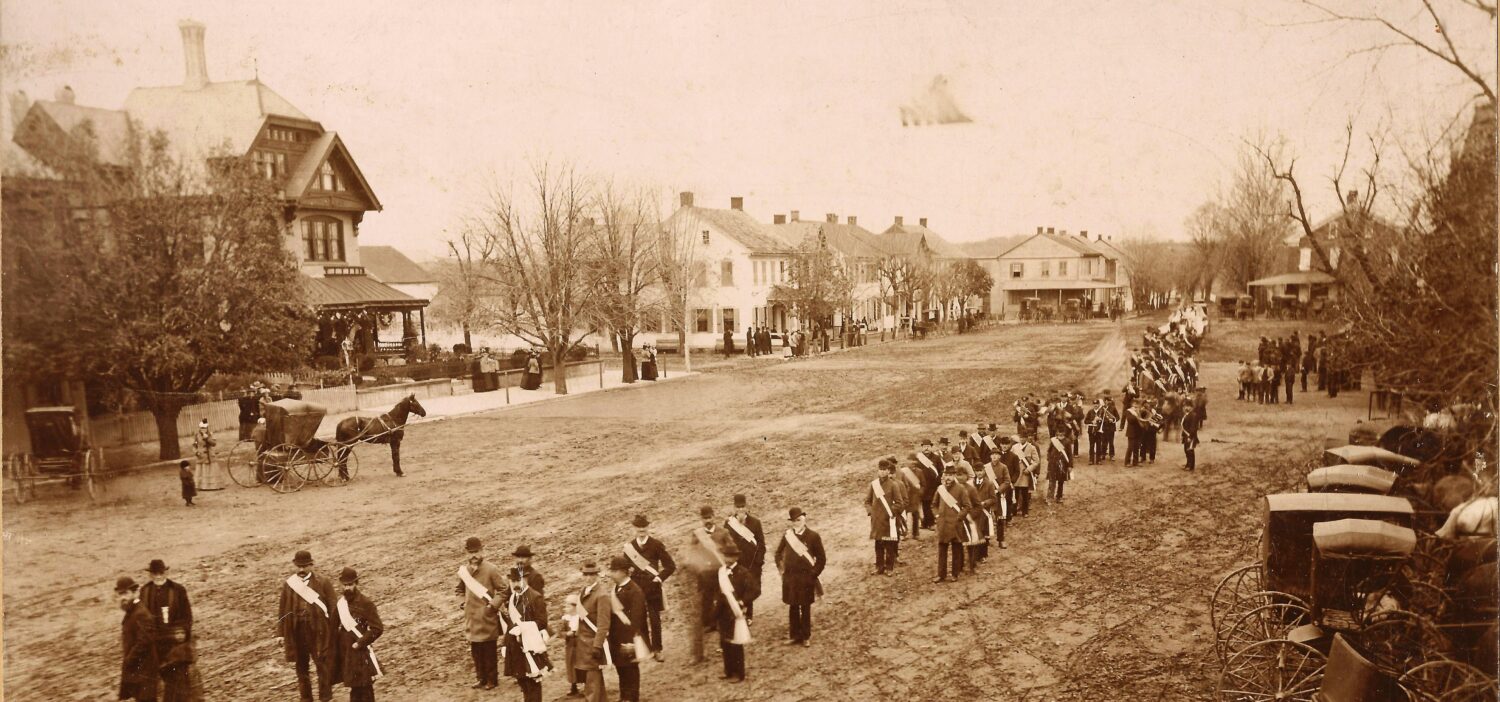Do you have an ancestor who served in The United States Life-Saving Service? The unofficial motto of this organization which the men lived by was; “You have to go out, but you don’t have to come back“. Many men gave up their lives to live by that motto as they saved shipwreck victims in all sorts of inclement weather. This unique organization has it roots traced back to the early part of the 19th Century. Although, not officially recognized as a service, a system of stations languished until 1871 when Sumner I Kimball was appointed chief of the Treasury Department’s Revenue Marine Division.
One of his first acts was to send officers of the Revenue Cutter Service on an inspection tour of the life saving stations. With the need for life-saving stations and men to work them, Kimball instituted six-man boat crews at each location and built additional stations.
By 1874, numerous stations were added along the coast of Maine, Massachusetts, and later along the Outer Banks of North Carolina. The following year, additional stations were added to serve the Great Lakes. In 1878, the network of life saving stations were formally organized as a separate agency of the United States Department of the Treasury, being called the Live-Saving Service.
One of the more interesting textural records from this venerable service are the Articles of engagement for surfmen that date from 1875–1914. These records are arranged chronologically and then by district and station. They list the names of the surfmen, their terms of engagement, and their record of compensation each received for duty. They may include reports of changes in crew, along with the reason for the change. Medical inspection reports that provide some physical descriptions of the surfmen are also included in these files. These records are located at the main office of the National Archives in downtown Washington, DC.
When ordering these textural records-request them as part of Entry #260, in Record Group 26 (RG26), which is part of the United States Coast Guard. The United States Life-Saving Service merged with the Revenue Cutter Service in 1915 to form the modern United States Coast Guard, with the United States Lighthouse Service joining in 1939. If you have family that may have served, these records (which have never been filmed), are an indispensable part of researching men from this group of maritime rescuers.



